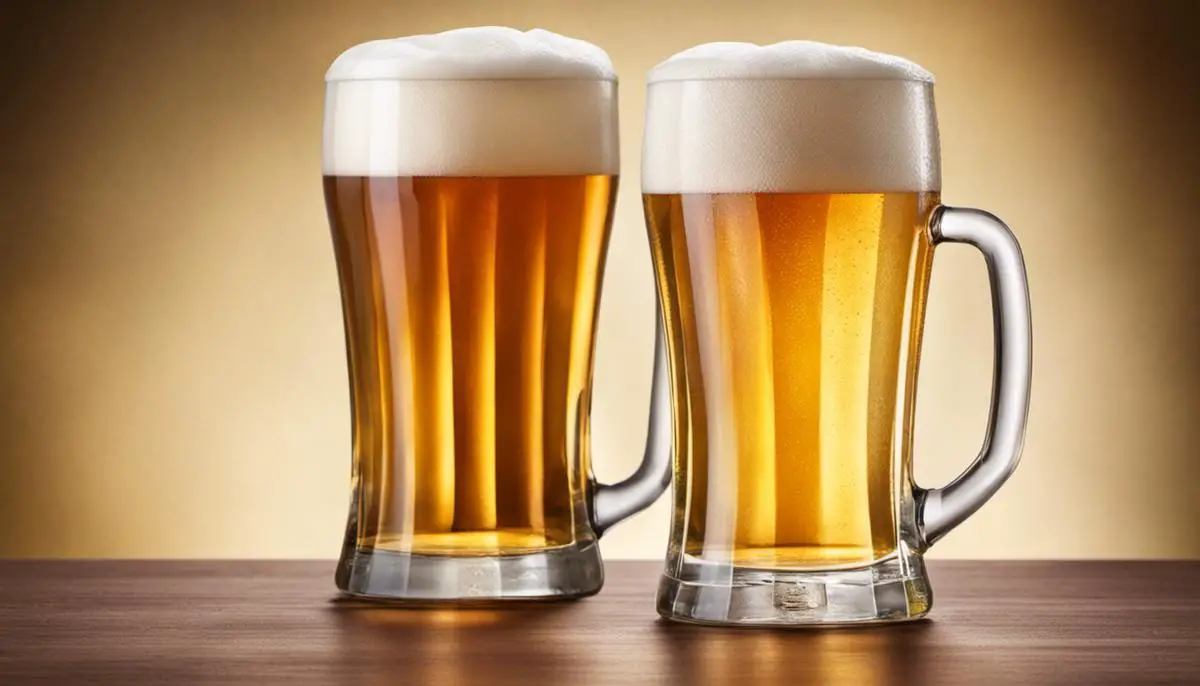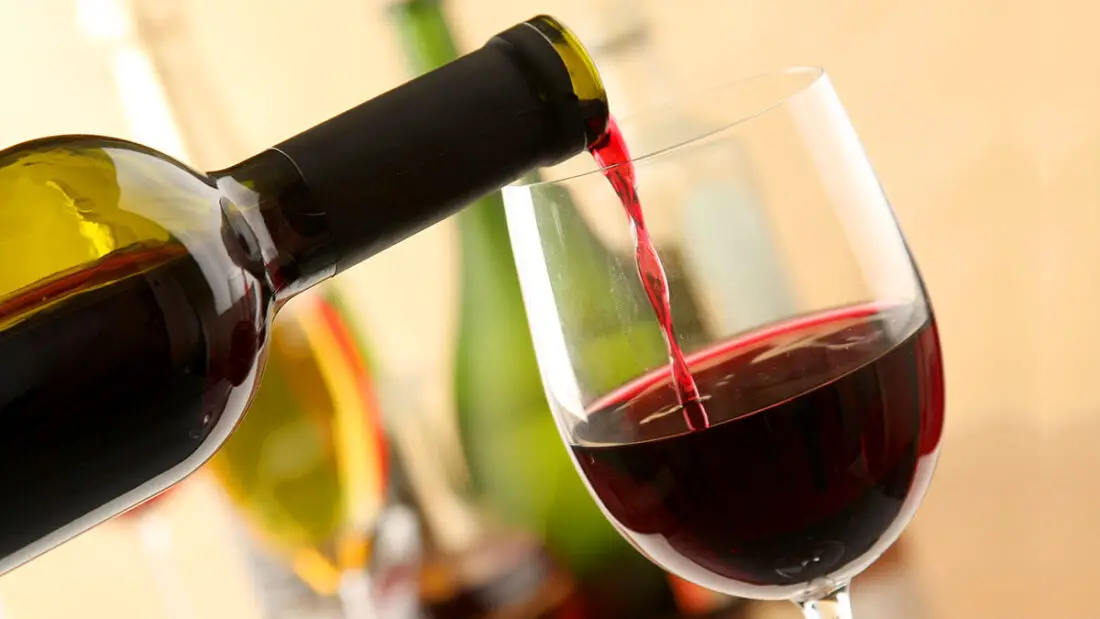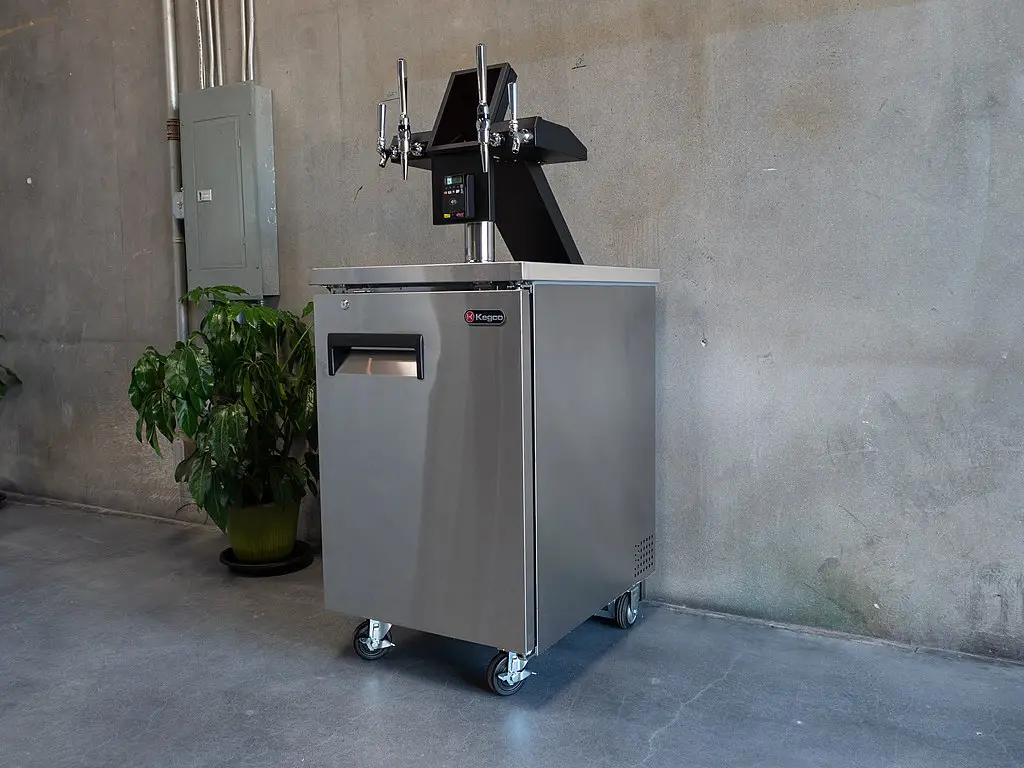Few might be aware of the world that lies beyond the familiar realm of traditional beers, a world that embraces the allure of low-alcohol light beers. These intriguing brews enthrall not just for their taste but also the considerable variance in their alcohol content. Gone are the days when avid beer connoisseurs had limited choices to suit their preferences. Now, the expansive industry of low-alcohol light beers provides countless options resonating with the tastes of every beer aficionado. This insight-packed exploration into the essence of low-alcohol light beers, their health implications, and how to choose and taste them is for those willing to venture off the beaten beer path.
Table of Contents
Understanding Low Alcohol Light Beers

Understanding Low Alcohol Light Beers
Low-alcohol light beers, also known as session beers, are brews typically characterized by a reduced amount of alcohol per volume. This category of beer has grown increasingly popular with individuals who enjoy the unique and diverse flavors of different beer styles without the high alcohol content.
Characteristics of Low Alcohol Light Beers
What distinguishes low alcohol light beers from regular beers mostly is the alcohol content, which invariably affects the beers’ flavor profiles and color. Low-alcohol light beers typically have an alcohol by volume (ABV) of under 4.5%. Regular beers, on the other hand, usually range between 5 and 10% ABV, with some beers like IPAs (India Pale Ales) and stouts reaching much higher alcohol percentages.
A beer becomes “light” not just by its lowered alcohol content, but also by its calorie count. Most light beers contain fewer than 100 calories per 12-ounce serving, while standard beers can contain 150 to 200 calories or more.
Brewing Process for Low Alcohol Light Beers
The brewing process also plays a significant role in the development of low alcohol light beers. The amount of malt used during brewing largely determines the eventual ABV of beer. In the case of light beer, the brewer often uses fewer grains or substitutes part of the grains with other starch sources. By doing this, the amount of sugar the yeast can ferment into alcohol is reduced, resulting in lower alcohol content brew.
Varieties of Low Alcohol Light Beers
When it comes to different varieties of low alcohol light beers, it’s important to note that essentially any beer style can be made with a lower alcohol content. This includes lagers, ales, IPAs, stouts, and porters. A “Light Lager,” for example, commonly refers to a lager that has been brewed to have less alcohol and fewer calories than regular Lager. It is typically pale, bubbly, and very easy to drink.
A “Session IPA” is another popular variety of light beer. It’s basically an IPA brew with lower alcohol content, often below 5%. These beers maintain the hop-forward flavor profile of a regular IPA without the high ABV.
Finding balance with low-alcohol light beers
Low-alcohol light beers are all about achieving the right harmony. Their objective is to offer the robust taste of a refreshing beer while maintaining a lower alcohol content. This way, beer enthusiasts can enjoy more rounds during their “beer session,” without the risk of heavy intoxication.
Health Benefits and Drawbacks of Low Alcohol Light Beers

Comparing and Evaluating Low Alcohol Light Beers
For those who appreciate the social and unwinding aspects of sipping a drink but are cautious about their alcohol and calorie consumption, low-alcohol light beers present an ideal choice. These beers typically have an alcohol by volume (ABV) measurement ranging from 0.5% to 3.5%, significantly lower than the standard beer ABV of 4.5% to 5.5%. This reduction of alcohol content naturally brings down the total calorie count of the drink, given that each gram of alcohol contains seven calories. With further adjustments in the brewing method, the carbohydrate content can also be decreased. This is particularly beneficial for those keeping a check on their sugar levels or following certain diet plans.
Health Benefits of Low Alcohol Light Beer
Consequently, many of the health benefits attributed to low-alcohol light beers stem from their reduced alcohol, calories, and carb content. Lower alcohol intake corresponds with a lower risk of alcohol-related health issues such as cirrhosis of the liver, dependency problems, and decreased mental function. A reduction in calories and carbs can support weight management efforts and reduce risks associated with obesity, such as type 2 diabetes and heart disease.
For heart health specifically, moderate intake of alcohol has been linked to a reduced risk of developing heart disease, primarily due to alcohol’s ability to raise high-density lipoprotein (HDL), the “good” cholesterol. It’s important to note that this benefit applies to moderate drinking, defined as up to one drink per day for women and up to two drinks per day for men. By choosing light beers with a low alcohol content, it might be easier to stay within these guidelines and still derive cardiovascular benefits.
Potential Drawbacks of Low Alcohol Light Beer
Despite the lowered health risks associated with lower alcohol content, light beers are not completely devoid of health drawbacks. Regardless of alcohol content, beer is still a source of dietary calories and can contribute to weight gain if not consumed in moderation. Furthermore, even at lower levels, alcohol consumption can still interfere with sleep patterns and might exacerbate mental health concerns.
Also, although beer contains certain nutrients such as potassium and magnesium, it does not provide the range of nutrients found in whole foods. Thus, regular beer consumption can contribute to a less-balanced diet if it replaces nutrient-rich beverages.
Finally, it’s essential to remember that all benefits are contingent on moderate intake. More significant levels of low-alcohol light beer consumption can still lead to negative health impacts, such as the risk of developing alcohol-related liver disease, alcohol addiction, and other physical and mental health issues.
Moderate and Responsible Consumption: the Key to Enjoying Low Alcohol Light Beers
As part of a balanced lifestyle, moderate and responsible consumption of low alcohol light beers can go hand in hand with conscientious dietary choices and an active fitness regime. Nevertheless, maintaining this equilibrium is crucial.
Choosing and Tasting Low Alcohol Light Beers

Digging Deeper into the World of Low Alcohol Light Beers
Also known as session beers, low alcohol light beers commonly have an Alcohol By Volume (ABV) value of less than 5%. This makes them less intoxicating, hence allowing you to have a few more drinks or “sessions” without getting too tipsy. In addition to this, these beers usually have a lower calorie count, thereby making them a preferred option for individuals cautious about their caloric consumption.
Choosing the Right Low Alcohol Light Beer
When selecting a low alcohol light beer, there’s more to consider than just the ABV. One key factor is the beer’s flavor profile, which will be determined by the types of malt and hops used, liquid yeast or dry, and the process of fermentation. For instance, pilsners and light lagers may present a crisp, clean taste; while blond ales lean towards being slightly sweet and low in bitterness.
Major brands, such as Bud Light, Miller Lite, and Coors Light, are well-renowned for their light beers. There are also craft breweries venturing into this space who dedicate their brews to maintaining robust flavor profiles despite having lower alcohol content. One such example is the All Day IPA from Founders Brewing Co. with a modest ABV of 4.7%.
Tasting and Appreciating Your Beer
When tasting a low alcohol light beer, don’t just gulp it down. Almost like a wine tasting, start by observing the beer’s color, then take a moment to smell the beer. Spicy, floral, fruity, and even smoky are among the many notes you may detect. Take a sip and let it rest on your pallet; you’ll be able to grasp the full range of flavors ranging from sweet to bitter.
It’s important to note that low alcohol beers won’t have the same ‘punch’ as their higher ABV counterparts. They are meant to be refreshing and sessionable, great for a warm day or long night out. While they may lack in ABV, they do not lack in flavor. These brews can span from crisp and refreshing to dark and malty, making the market incredibly diverse.
Food Pairing Recommendations
Just like any other type of beer, low alcohol light beers can be expertly paired with certain foods to elevate their flavor profiles. Light beers tend to partner well with light foods. Fresh salads, grilled chicken, and seafood are solid options. For instance, the hint of sweetness found in blonde ales can complement slightly spicy or tangy dishes. Pilsners, with their refreshing and mild flavor, make an excellent match for sushi or fish.
Serving Suggestions
These brews are best served at slightly below room temperature, around 45 to 50 degrees Fahrenheit to allow the subtle flavors to shine. Remember, the intention behind these beers is to enjoy them at a leisurely pace, savoring each sip as you enjoy your meal, rather than chugging them down. After all, the beauty of low alcohol light beers is their ability to enhance a social occasion, while still allowing drinkers to stay within their limits.

The incredible diversity of low alcohol light beers suggests that there is indeed, a beer for everyone. Whether you’re watching your weight, concerned about your heart health, or just seeking a new taste sensation, these light beers offer a compelling alternative to traditional options. Undeniable, the art of brewing has evolved over the years, giving rise to this nuanced spectrum of low alcohol light beers. Delve deeper, explore the options, and you might just stumble upon a brew that not only pleases your palate but also aligns with your lifestyle choices. Here’s to raising a glass to discovery, refreshment, and the surprising complexities of low alcohol light beers.
Related Reading
Pocket-Friendly Pints: A Look into the Cheapest Beer Brands
Top 10 Popular Beers in America – What Makes Them So Popular?
Host Like a Pro: A Guide to the Most Popular Beers in America
Yuengling Draft Haus & Kitchen Tampa – #1 For Beer Aficionados





